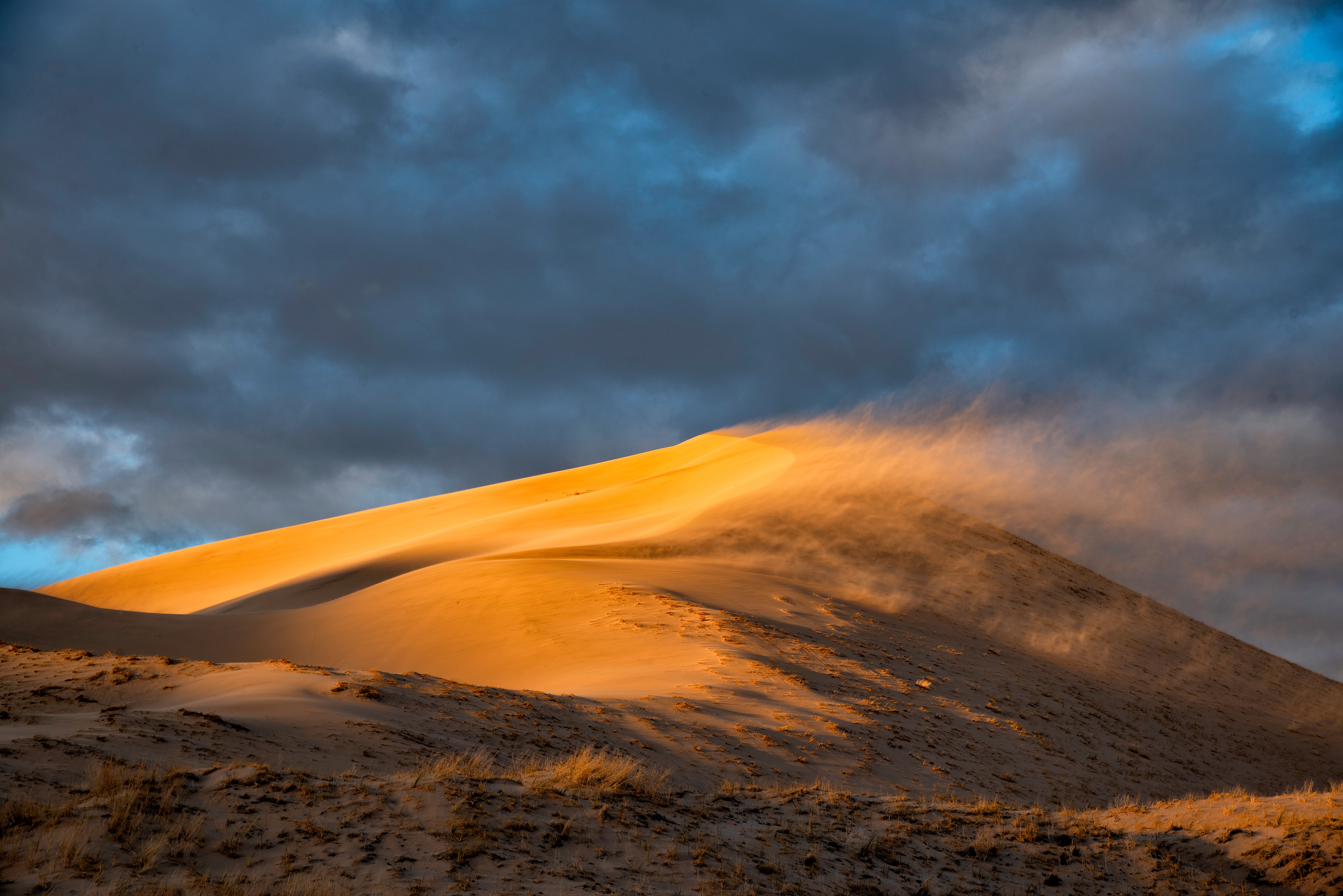Clouds are an indispensable part of our Earth’s atmosphere. Although closely associated with rain, water is not the only substance a cloud can carry. Using satellite images, we examined how vast plumes of atmospheric dust from the Sahara Desert found their way towards the northern Europe and investigated their impact on the snowy Alps.
Views 2135
Reading time 3 min
published on Sep 15, 2023
Atmospheric rivers (ARs) are elongated and narrow bands of clouds and high-water vapor content which advect warm and moist air masses from the tropics toward the poles. ARs are believed to account for most of the annual moisture transport from the tropics into mid and high latitudes where they make landfall, dumping huge amounts of snow and rain in a lapse of few hours. The poleward pathways of ARs are located mainly over oceans and their preferable landfall areas are over land.
In this study, we identified for the first time the occurrence of ARs towards Europe via a new pathway: across the Sahara Desert, with the ARs originating in the eastern Atlantic Ocean. These atmospheric rivers normally flowed from the tropical Atlantic over the Alps, but in winter 2021 they had instead been pushed south by a high atmospheric pressure in the north Atlantic. By doing so, they passed over North Africa and the Mediterranean Sea, collecting large amounts of dust, warmth and moisture. The combination of dust and higher concentrations of water vapor in the atmosphere led to an anomalous warming effect at the surface during that winter season.
Indeed, water vapor is a well-known greenhouse gas that is four times more effective than carbon dioxide in warming the atmosphere. Water vapor absorbs the longwave radiation and the heat is then re-emitted back to the surface which enhances warming at the surface. On the other hand, airborne dust aerosols also induce a warming in the atmosphere as they absorb longwave and ultraviolet radiation. Once dust aerosols are deposited on the snow they make it less white, and therefore reduce its capability in reflecting the solar radiation back to space. This results in more heat being absorbed by the snow, which accelerates its melt.
The atmospheric rivers transported dust particles at high altitudes (3-4 km) and deposited them in large amounts over the Alps, which caused the darkening of the snow surface by 40%. The dirtier the snow, the more it absorbs solar radiation and melts faster. The combined effects of snow darkening and increased warming explains the extreme reduction in snow cover observed in early 2021. In fact, the snow depth across the European Alps declined by 50% in the period of a month following the dusty atmospheric rivers events. Our study stresses out that when dusty atmospheric rivers occur, the impact on the snow cover can be quite dramatic. Moreover, the dust and nutrients it contained might have contributed to the growth of red algae on the snow surface observed in the Alps during 2021, a phenomenon which requires further investigations.
Over the past four decades, we found increasing trends in atmospheric rivers occurrence over northwest Africa with 78% of the events associated with severe dust episodes over Europe. As atmospheric rivers and dust storms are likely to be enhanced in a warming world, their combined effects can lead to a further reduction in the thickness and temporal and spatial extent of the snow cover over the Alps and other mountainous regions in Europe. ARs are also likely to become stronger because of the projected increase in sea surface temperatures and hence, surface evaporation. This will further exacerbate the ongoing long-term decline of the mean snow depth and extent of the snow cover season, which are currently estimated at 8% and 5% per decade, respectively.
Original Article:
Francis, D., Fonseca, R., Nelli, N., Bozkurt, D., Picard, G., & Guan, B. (2022). Atmospheric rivers drive exceptional Saharan dust transport towards Europe. Atmospheric Research, 266, 105959. https://doi.org/10.1016/j.atmosres.2021.105959
 Earth & Space
Earth & Space



